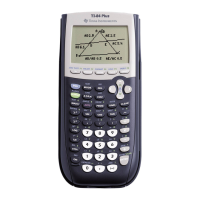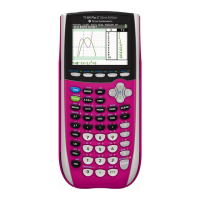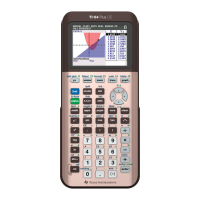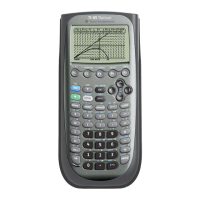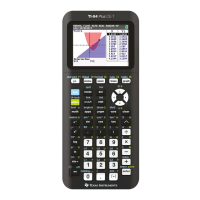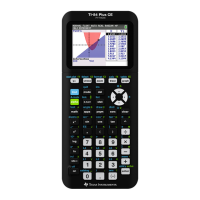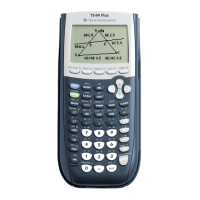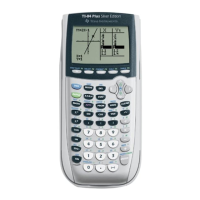48 Chapter 2: TI-83 Plus Specific Information
TI-83 Plus Developer Guide Third Release May 28, 2002
GetLToOP1 Recalls an element of a list to OP1 if Real or OP1/OP2 if Cplx.
PutToL Stores OP1 if Real or OP1/OP2 if Cplx, to an element of a list.
IncLstSize Increments the size of an existing list by adding an element to the end
of the list.
InsertList Inserts one or more elements into an existing list.
DelListEl Deletes one or more elements from an existing list.
See the System Routine Documentation for details.
Matrix Element Routines
These routines are used for storing and recalling matrix element values and for
changing the dimension of a matrix.
AdrMEle Returns the RAM address of a matrix element.
GetMToOP1 Recalls an element of a matrix to OP1.
PutToMat Stores OP1 to an element of a matrix.
RedimMat Redimensions an existing matrix in RAM.
See the System Routine Documentation for details.
